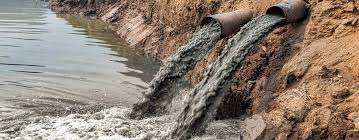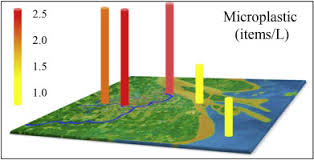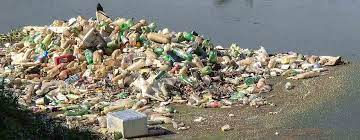LAKE RESTORATION
Nitrogen and phosphorus balances have shown that agricultural runoff and other nonpoint sources contribute significantly to overall lake and reservoir pollution, and particularly to the eutrophication problem.


POLLUTION PROFILE OF WATERBODIES
RESTORATON WITH TREATMENT TECHNOLOGIES


The Lake Hussain sagar case study is a classic example of how pollution of a significant drinking water source can affect the economic and social fabric of an urban community. Lake pollution ha s affected fishermen, small dairy farmers, washermen communities, and deprived economically depressed classes of society of a source of clean drinking water. Once the public was involved and created a ‘Save the Lake Campaign’ in 1990, subsequent judicial intervention led to the establishment of a clean-up and conservation program of lake Hussain sagar by the Andhra Pradesh State Government
Green parks and green zones have been developed around the lake, a ring road or ‘necklace road’ has been constructed to present encroachment, industrial wastes have been diverted and are being treated in a CETP, an STP with 20 MLD capacity has been set up for water draining into the lake, solid waste management (SWM) is being practiced in the lake catchment area, and public is involved in the process. Under a cooperative agreement with Japan Bank for Industrial Cooperation, other measures have been proposed including: interception and diversion of sewage and establishment of an additional 50 MLD STP, dredging to remove toxic industrial wastes, lake shore improvement, improvement of inlet stream drains, strengthening community-based SWM, and public participation in water quality monitoring.


